Let’s kick things off with a glimpse into ancient India. Back in the day, art wasn’t just about pretty pictures or fancy sculptures—it was a way of life. Imagine living thousands of years ago and finding a way to express stories, beliefs, and daily life on rocky canvases. That’s how ancient Indian art started.
Now, if you’re curious about what’s possibly the oldest art form, look no further than the rock paintings found in places like Bhimbetka. These paintings date back to prehistoric times, showcasing early human creativity with stunning details. It didn't stop with just a few brush strokes; these artworks depict everything from animals to hunting scenes, giving us a window into ancient life.
But it wasn't just about paintings. Ancient Indians were masters of crafting sculptures and carvings. Stones were turned into spectacular pieces of art that carried religious and historical significance. Think of the intricate designs on temple walls or sculptures standing tall for centuries—each one telling its own story.
- Introduction to Ancient Indian Art
- Rock Art: The Beginnings
- Sculptures and Carvings
- Symbolism and Techniques
- Preservation and Legacy
Introduction to Ancient Indian Art
Getting to grips with ancient Indian art is like cracking open a treasure chest from the past. This isn't just any art form; we're talking about centuries of tradition, starting from prehistoric times. Imagine folks back then, painstakingly painting on cave walls, crafting tools and sculptures. It was all part of their everyday existence.
India's art scene is as old as they come. One of the first places that pop up on the map is the Bhimbetka caves in Madhya Pradesh. These aren’t just any caves; they’ve got paintings that date back over 30,000 years. These rock art sites offer captivating scenes of dances, hunts, and even religious rituals.
But prehistoric painting isn't where the story ends. Fast forward a few thousand years, and the subcontinent is buzzing with the crafting of intricate sculptures and temple art. The Harappan civilization, around 2500 BCE, marked a shift towards detailed carvings on seals and pottery. Carving out history, one stone at a time, was becoming a thing.
Materials and Techniques
The resources artists had back then were naturally sourced. They used minerals for colors, which means finding lime, red ochre, and black pigments nearby. Tools? Simple materials like bamboo brushes and bone sticks did the trick.
| Material | Use |
|---|---|
| Red Ochre | Bold outlines and figures |
| Charcoal | Shading and filling |
| Vegetable Dyes | Enhanced colors |
These rock paintings and sculptures weren't just aesthetic. They played a part in rituals and storytelling. The art depicted daily life and glimmers of spiritual practices, building a picture of what mattered then.
Today, even as modern art develops, these ancient creations hold a special place. They remind us of our past and the beginnings of creative human expression.
Rock Art: The Beginnings
When we talk about ancient Indian art, the rock art is worth a deep dive. It marks the very beginning of human artistic expression in India. These are not random doodles on stone, but thoughtfully created images, telling stories of our long-gone ancestors.
The Bhimbetka rock shelters in Madhya Pradesh are a treasure trove, home to thousands of rock paintings that date back over 30,000 years. These paintings are fascinating, depicting everyday scenes like hunting, dancing, and rituals. This isn’t just art, folks—it's practically an early history book etched in stone!
Understanding the Art
Most rock art was created using natural pigments. Folks back then used things like red ochre, white lime, and green from local minerals. Each color had its meaning and purpose too. They weren't just painting for fun; they were capturing life.
What’s cool is how these artworks have survived so long. Thanks to the natural protection offered by rock shelters, we can still find these artworks preserved in pretty good shape. It’s like nature played its part in holding on to this cultural goldmine.
Different Styles, Same Canvas
You’ll notice variations in style between different regions and time periods. Some paintings are minimalistic, focused on stick figures. Others are more complex, portraying detailed human forms and animal figures. This diversity stands as a testament to the range of influences and purposes these paintings served.
| Region | Characteristics |
|---|---|
| Bhimbetka | Detailed animal scenes, hunting imagery |
| Lakhudiyar | Geometric shapes, human figures |
Significance Beyond the Art
Beyond aesthetics, these paintings offer insights into the socio-cultural and political setups of ancient societies. For example, the depiction of communal hunts suggests organized societies with shared goals and hierarchies.
Rock art is much more than mere decoration. It's a mirror to a world of beliefs, daily life, and ancient storytelling that still captures our imagination today. Such art forms laid the groundwork for what we see and cherish in modern art.
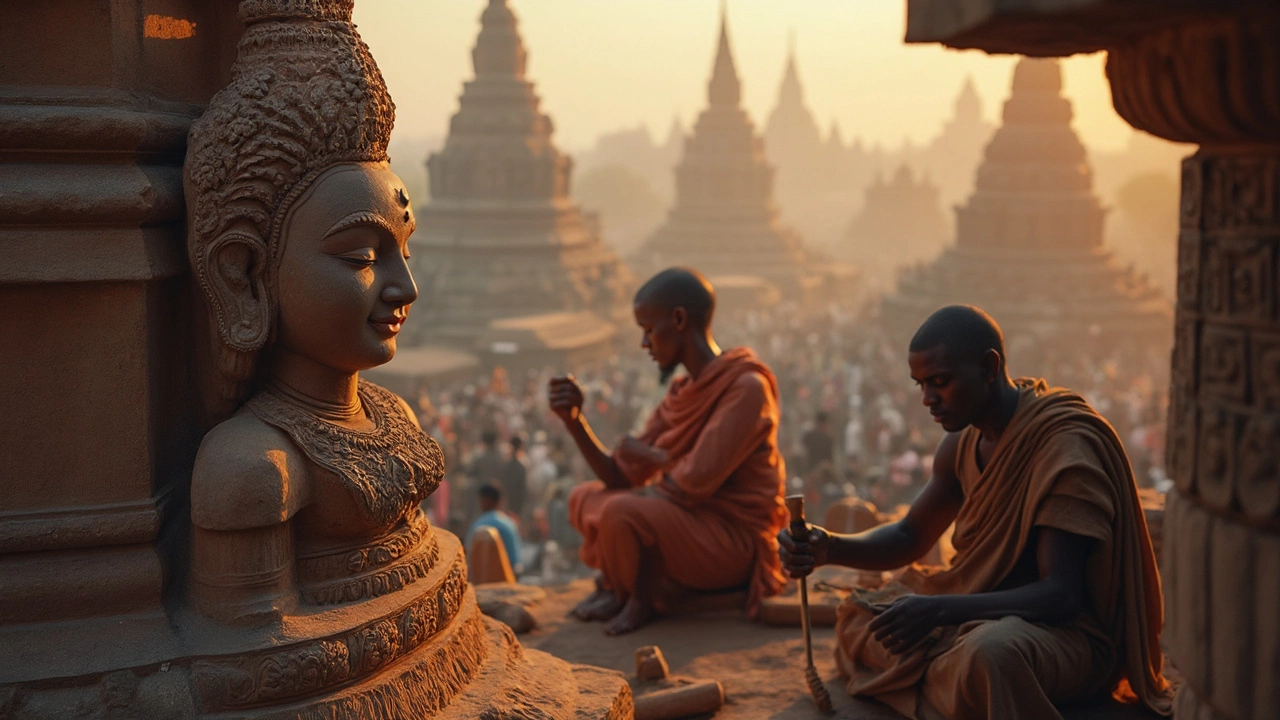
Sculptures and Carvings
When we dive into the world of ancient Indian art, sculptures and carvings stand out as remarkable feats of craftsmanship. Going back to around the 3rd century BCE, sculptors were already creating masterpieces that have stood the test of time. These weren’t just simple statues; they were intricate representations of gods, celestial beings, and mythical creatures that added a spiritual aura to their surroundings.
Masters of Stone and Metal
The artisans back then utilized various materials, like stone, metal, and even ivory. They had an eye for detail and were incredibly skilled at bringing life to inanimate objects. Think of the intricate carvings on the walls of Ellora or the iconic Ashoka Pillars. These aren’t just random stones; they tell tales of history, embodying stories from the past that still resonate today.
Symbolism and Techniques
The sculptures were often rich with symbolism. Take, for example, the detailed carvings on temple walls, which weren’t just decorative items. Each figure, pose, and location had specific meanings, often linked to religious or philosophical concepts. The techniques used were passed down through generations, making each piece not just a work of art, but a legacy of tradition.
The Gupta Empire's Golden Age
Fast forward to the Gupta Empire, and you'll see what many describe as a golden age for Indian sculpture. Artists were at the top of their game, experimenting with new styles and themes. The famous Hindu deities sculpted during this era, like Vishnu and Shiva, are prime examples of the evolution in artistic techniques and output during this period.
If you're a numbers person, check this out:
| Period | Material | Notable Works |
|---|---|---|
| 3rd Century BCE | Stone | Ashoka Pillars |
| 1st Century CE | Metal | Kushan Empire Figures |
| 4th-6th Century CE | Stone & Metal | Gupta Sculptures |
These ancient artists not only shaped physical materials but also the very culture that continues to inspire many today. The methods developed back then paved the way for the intricate work we see in modern Indian art and beyond.
Symbolism and Techniques
The magic of ancient Indian art often lies in its rich symbolism and unique techniques. Understanding these gives us a deeper look into the beliefs and lifestyles of those early artists. Let’s break down what made their art so special.
Symbolism in Art
Back in ancient times, art wasn't just to please the eye—it was steeped in meaning. Take the rock art for instance. Animals were not just drawn but revered, indicating the central role they played in daily life and spirituality. Depictions of bulls, elephants, and deer are often linked with strength, prosperity, and spiritual guidance. Scenes of hunting weren’t just records of daily activities; they were almost narratives of bravery and skill.
Religious symbols were also quite common. For instance, the 'Tree of Life' motif appears often, representing connectivity and life. It served as both a spiritual guide and a symbol of unity.
Techniques Used
Despite limited resources, ancient Indian artists were incredibly innovative with their techniques. You might wonder how they managed to create such long-lasting art. Well, they used a clever mix of natural materials. Pigments were made from everything ranging from crushed rocks to plant extracts, which contributed to their durability.
A significant technique was the use of linear designs in their carvings and sculptures. These lines weren’t random. They were meticulously thought out to portray various levels, from physical appearance to spiritual essence.
- Rock Paintings: Natural pigments combined with water and animal fat for adhesive strength.
- Sculptures: Often carved from single pieces of rock, ensuring continuity and minimal fracture.
- Carvings: Emphasized detailed lines and textures using basic, yet effective tools like chisels and hammers.
Using these methods, the artists managed to tell stories and preserve them for future generations—including us. They offer insights not just into artistic mastery, but into a society that deeply valued expression.
If you ever get a chance to see this oldest art form up close, take a moment to appreciate not just its beauty, but the brilliant minds behind it!
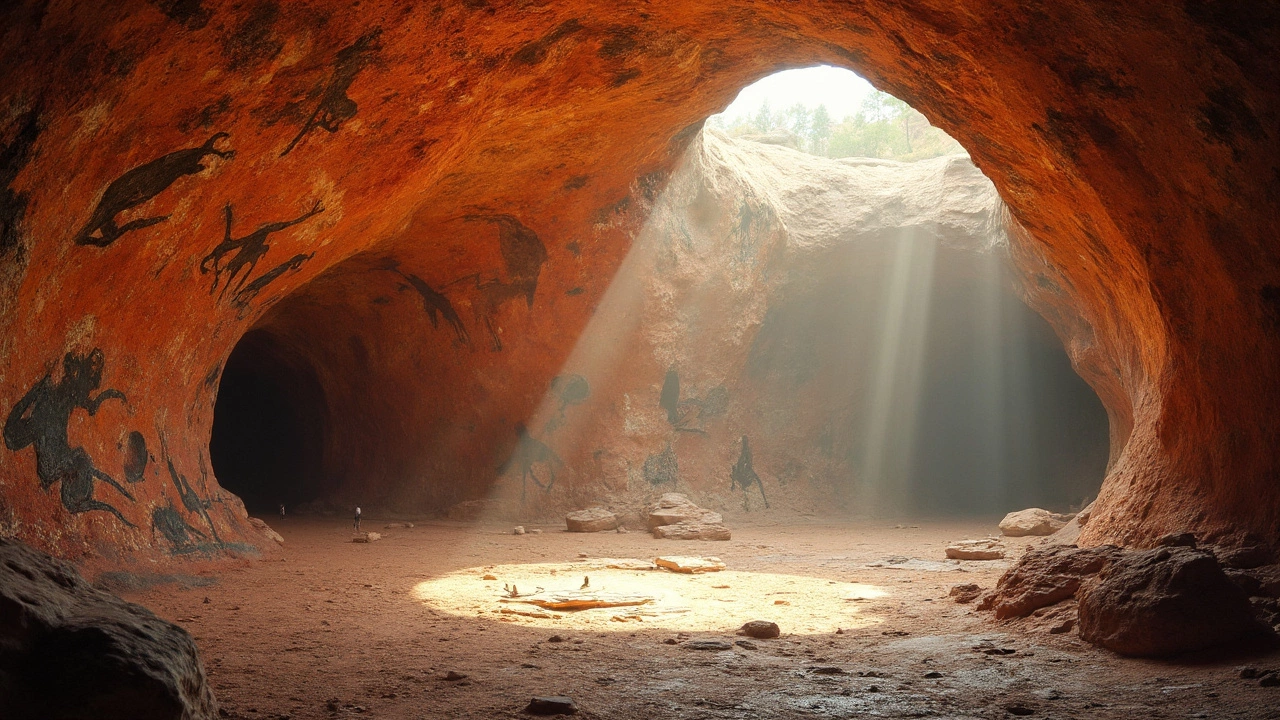
Preservation and Legacy
So, how do we ensure that these incredible pieces of ancient Indian art continue to captivate future generations? Preserving these works isn't just about keeping old paintings from crumbling; it's about maintaining a connection to a past that shaped our present.
One key way of preserving art is through dedicated conservation projects. Experts meticulously clean and restore artworks, but it's no walk in the park. It takes a precise understanding of old materials and techniques to ensure that the original charm isn't lost.
Challenges in Preservation
With age comes decay, and these artworks are no exception. Exposure to elements like humidity, wind, and pollution can wear them down substantially. For example, the Bhimbetka rock shelters face threats from both natural and human-induced actions. Conservationists work against the clock to protect these heritage sites.
Role of Technology
Here’s where technology steps up. Advanced imaging techniques and digital archiving are modern warriors in the quest to preserve art. By creating digital replicas, we ensure that even if the physical forms deteriorate, future generations can experience them visually.
The Legacy of Ancient Art
Besides keeping the art intact, it’s crucial to pass down the stories and techniques to new artists and enthusiasts. Cultural programs and educational workshops play a significant role here—whether it’s teaching the art of ancient sculpture to young minds or hosting exhibitions showcasing this art form’s evolution.
Community Involvement
Community efforts also keep the legacy alive, with local groups and organizations advocating for awareness and appreciation. Engaging local populations helps ensure these ancient practices remain relevant.
The beauty of ancient Indian art lies beneath layers of rock and centuries of change, reminding us of a time when expression was about more than creating—it was about connecting. Keeping this legacy thriving is, pardoning the pun, a real work of art.
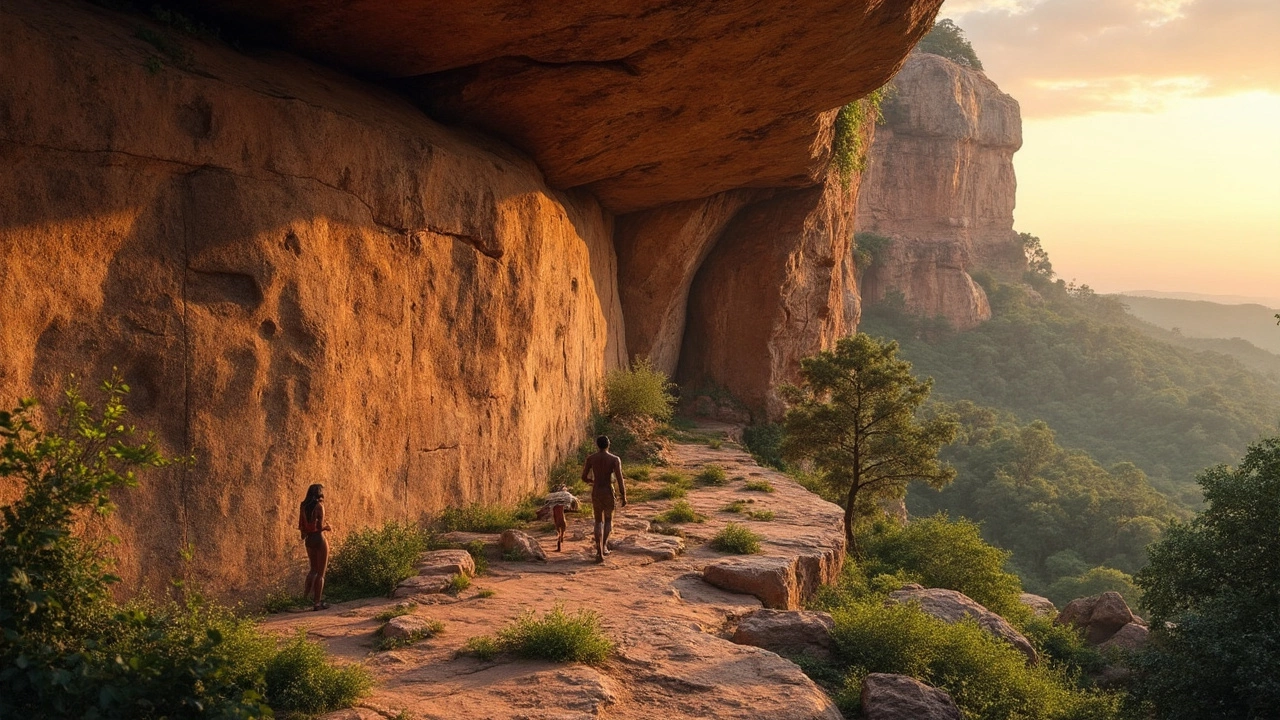
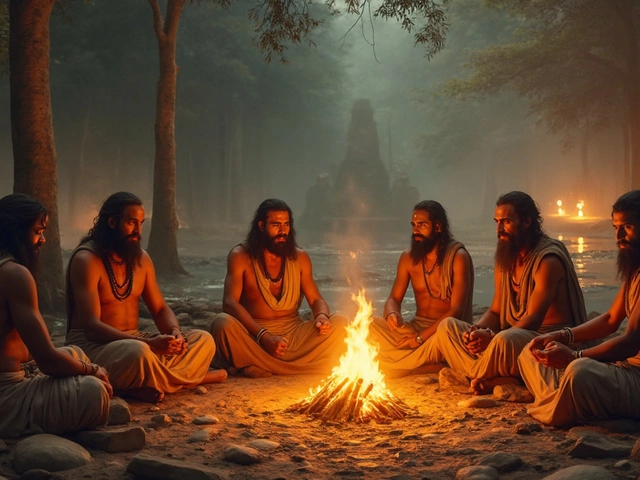

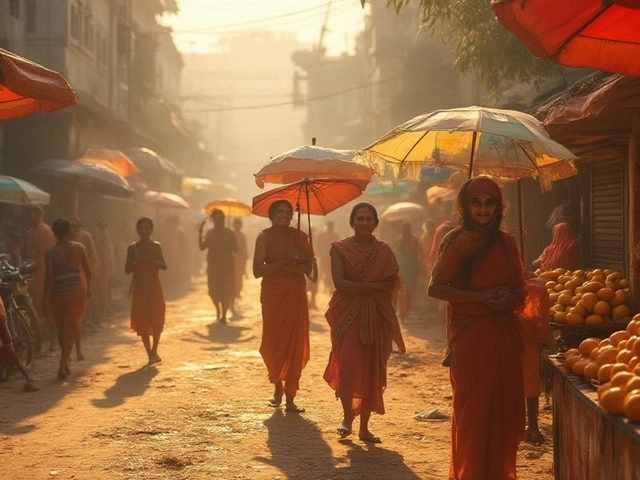
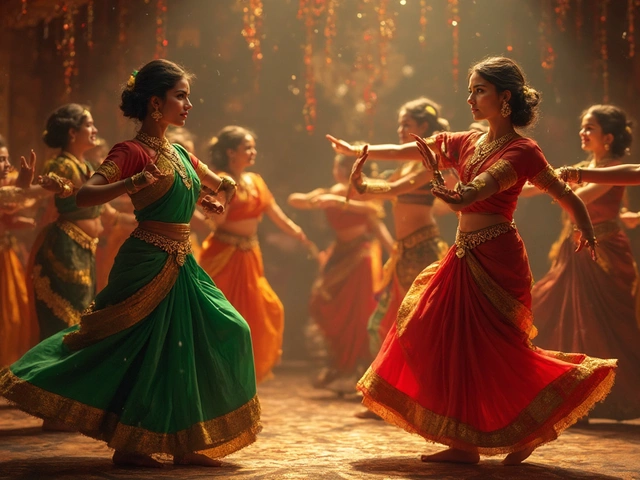
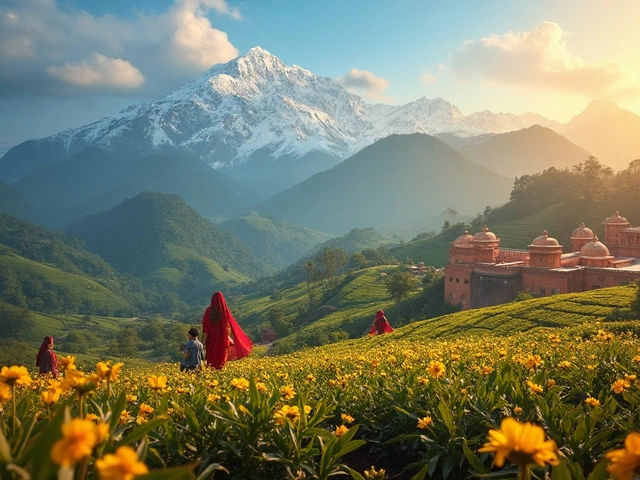
Write a comment